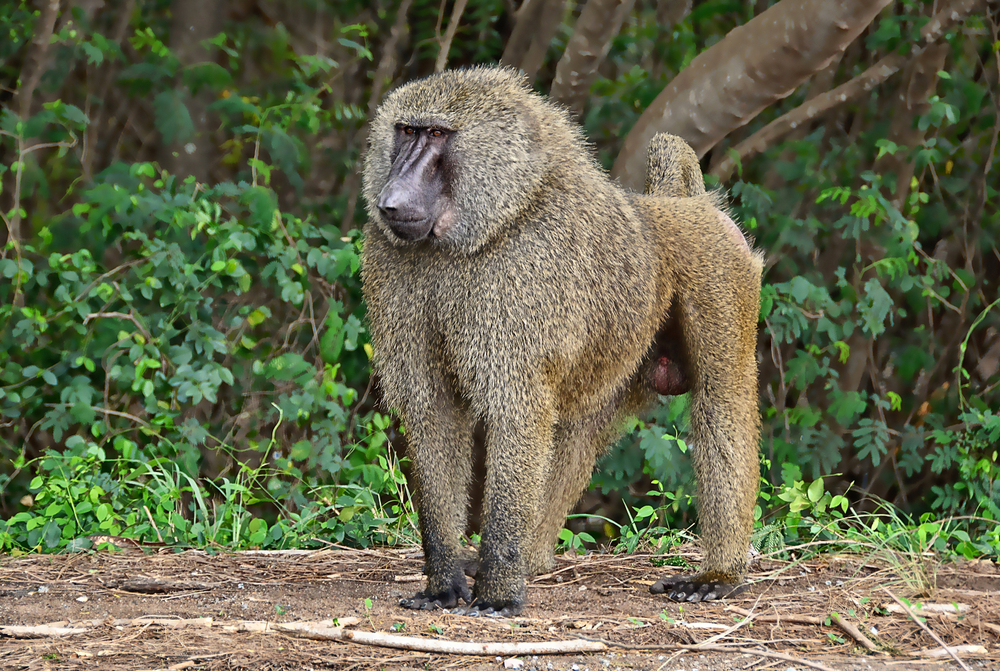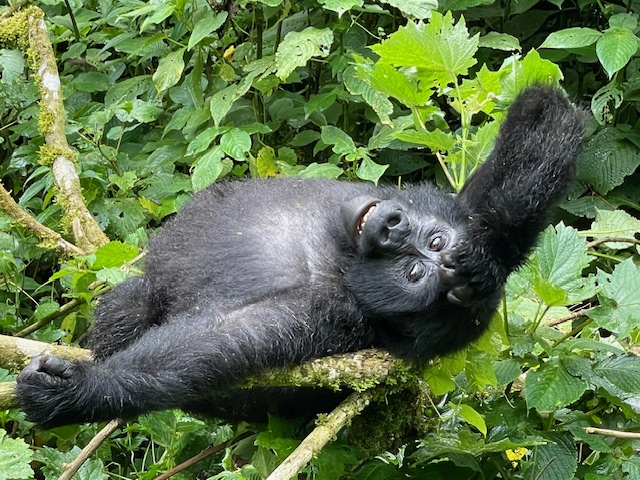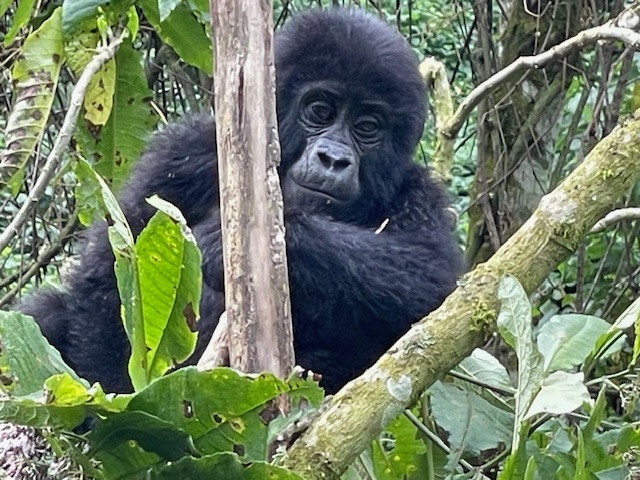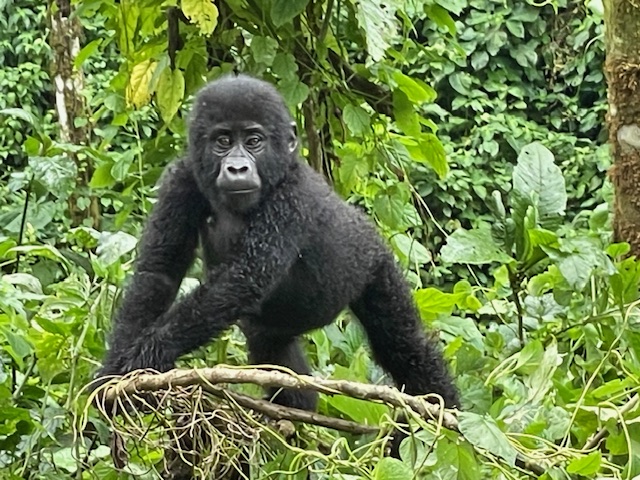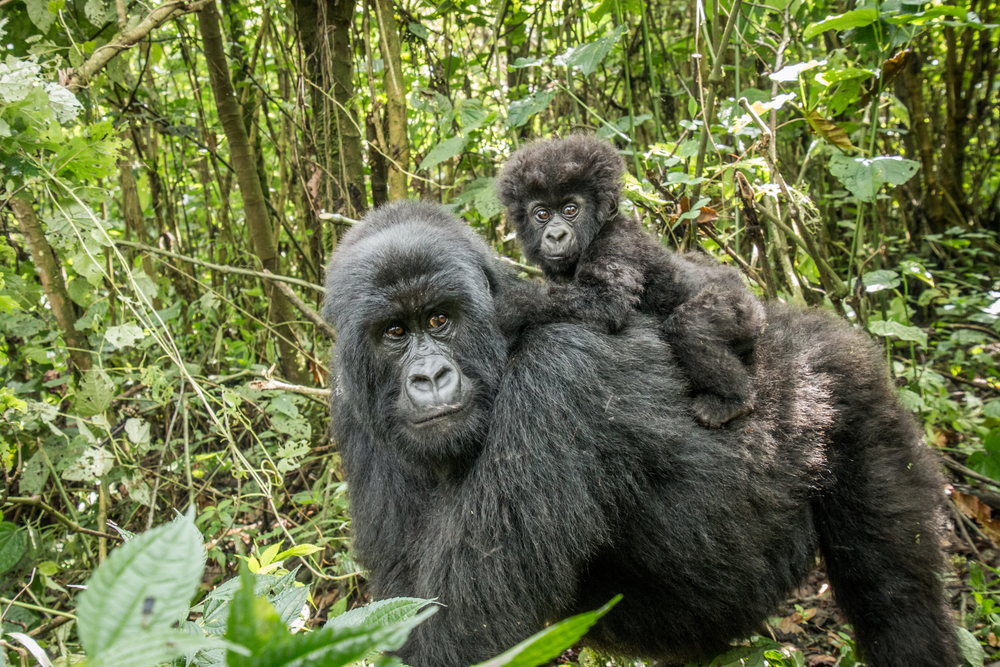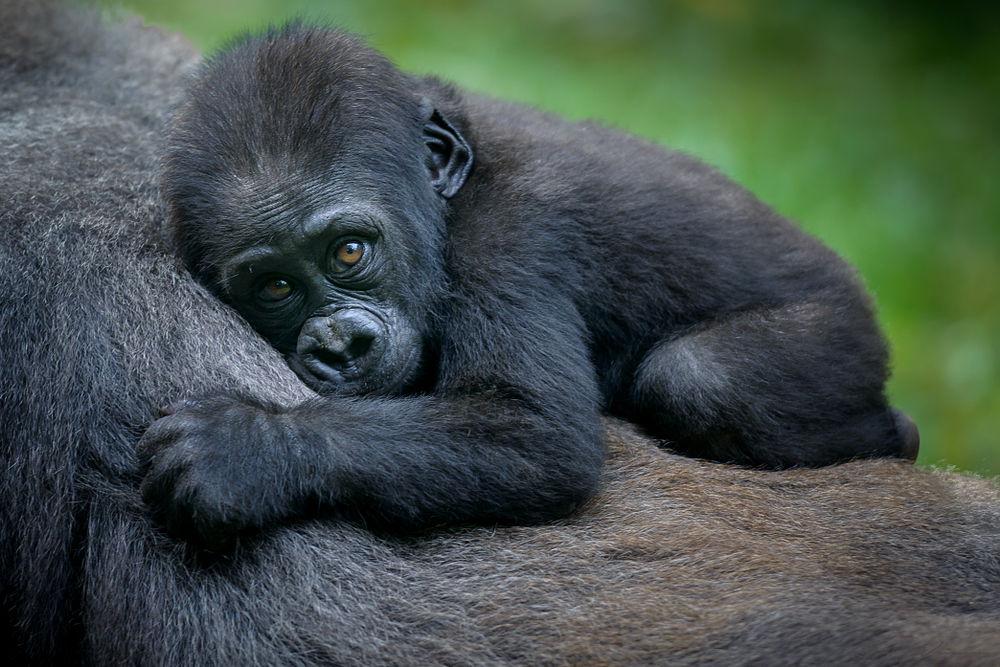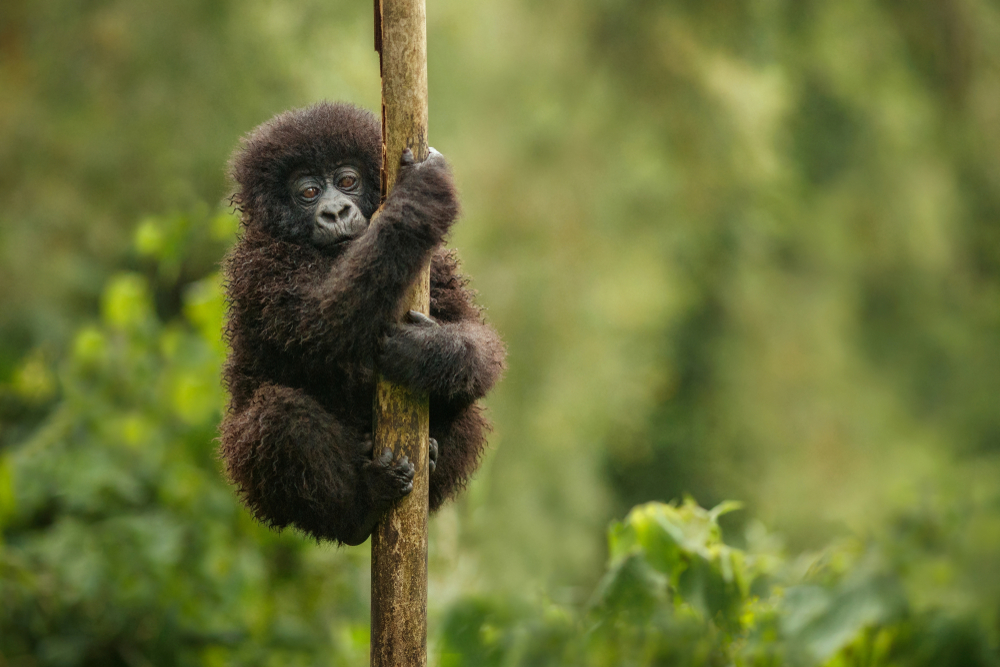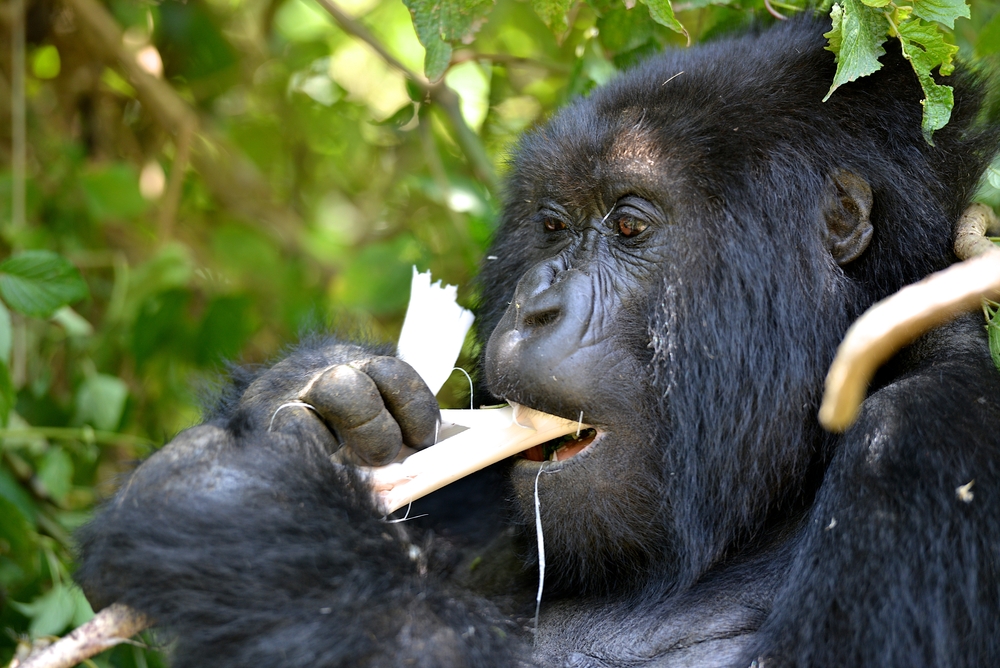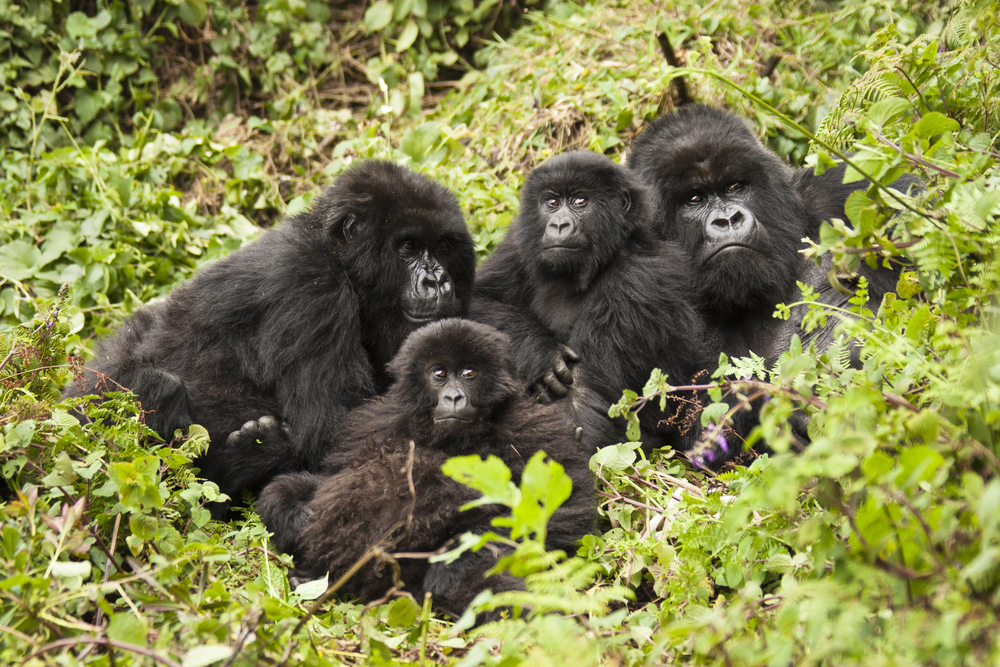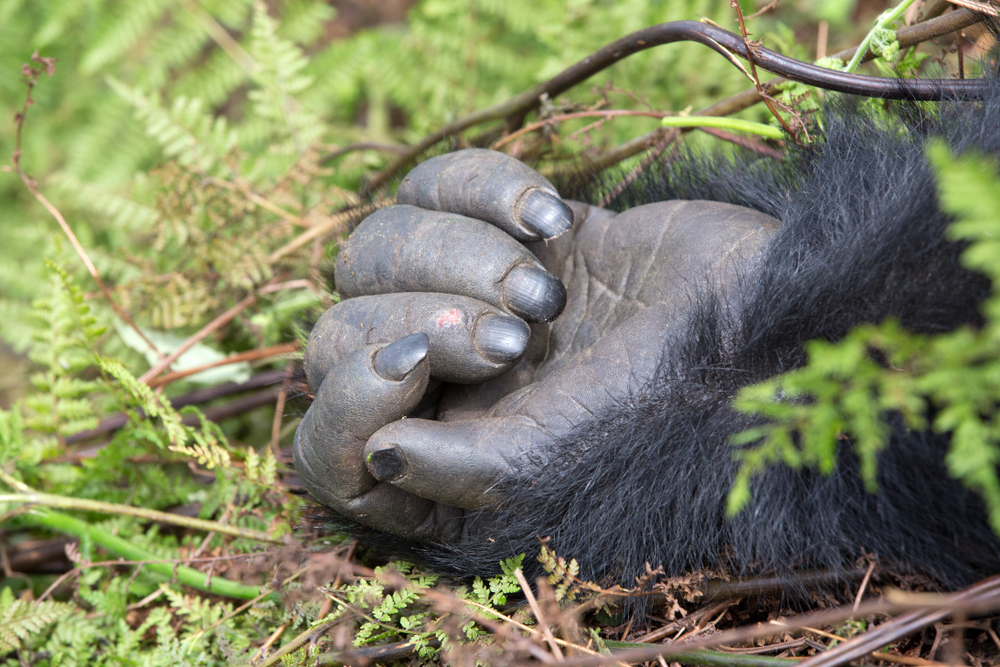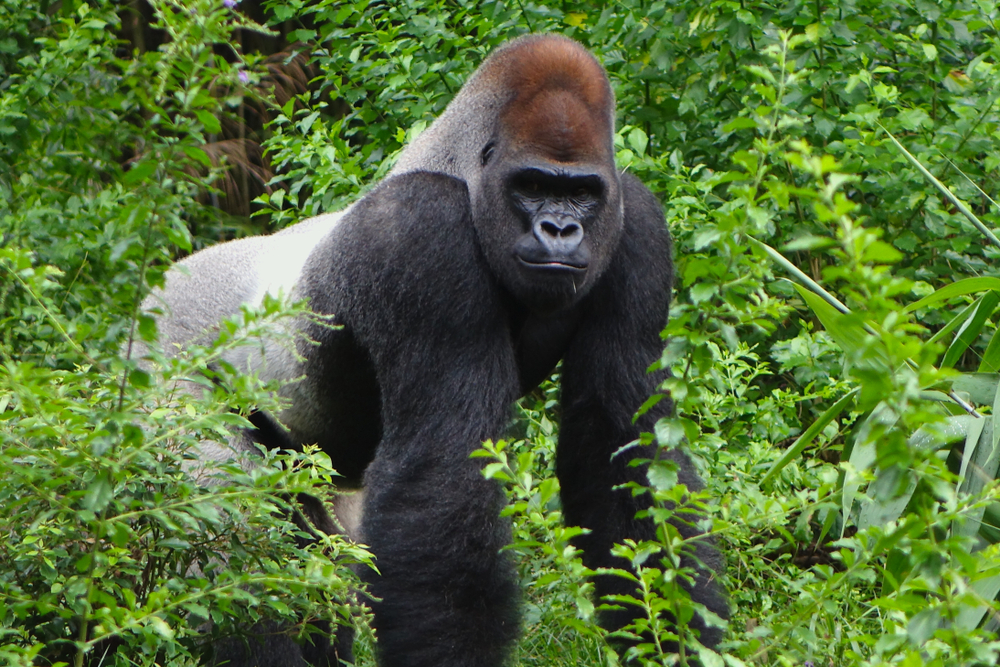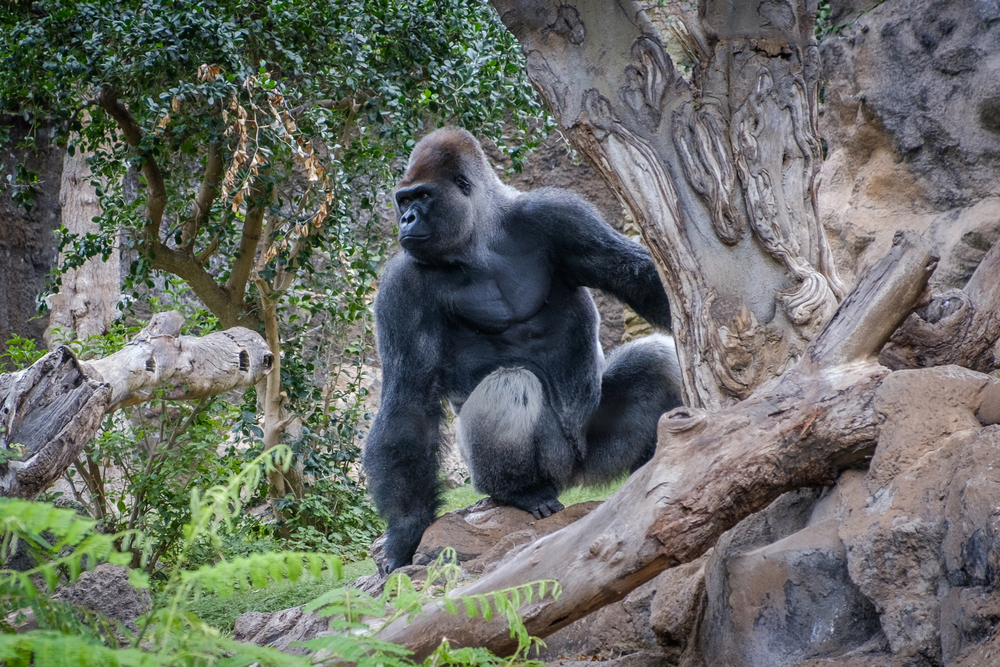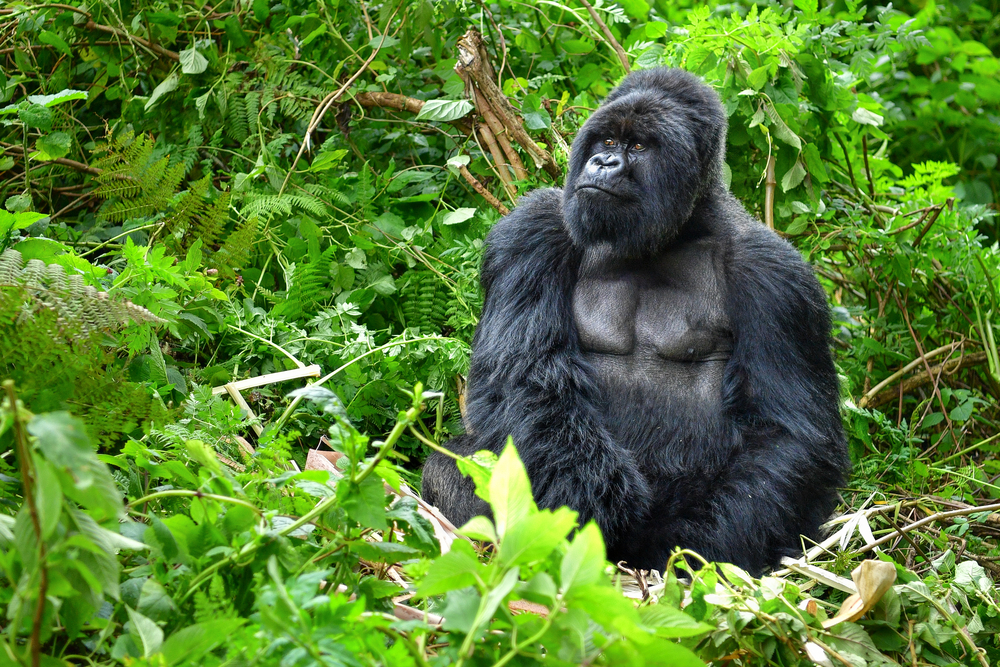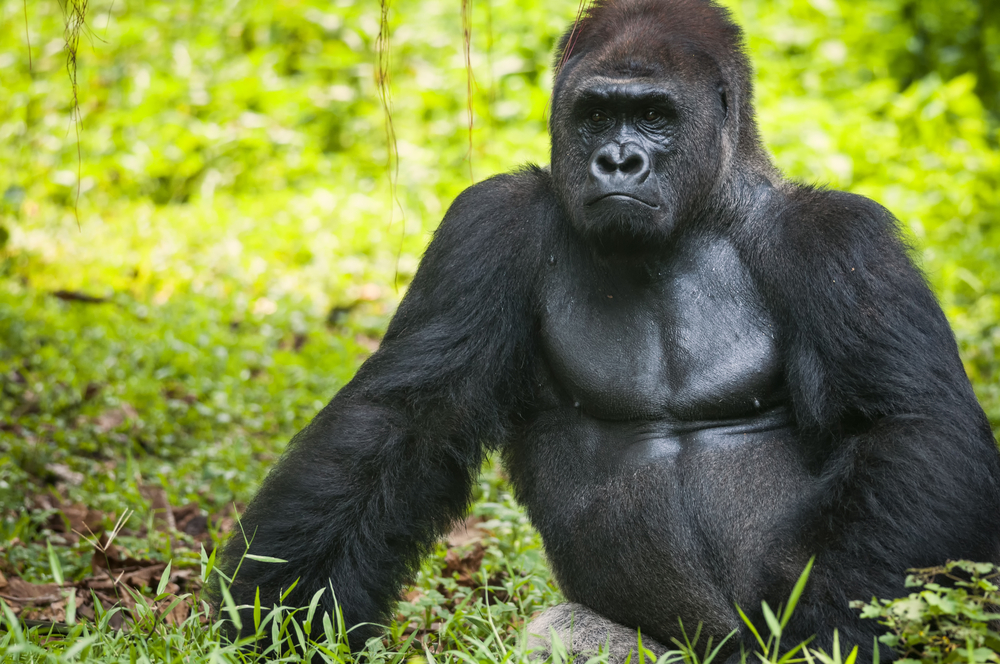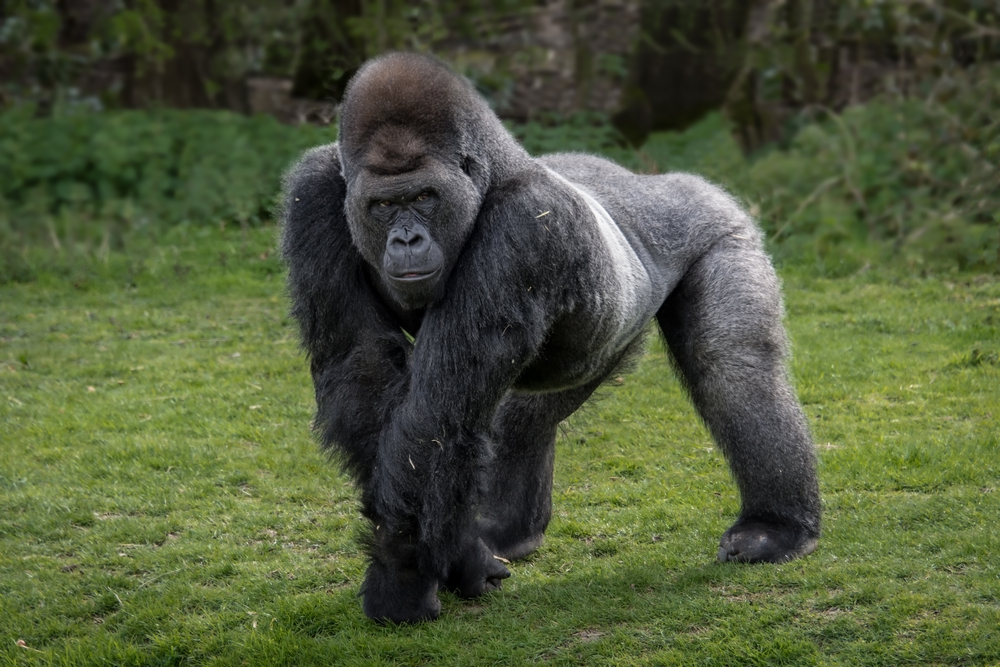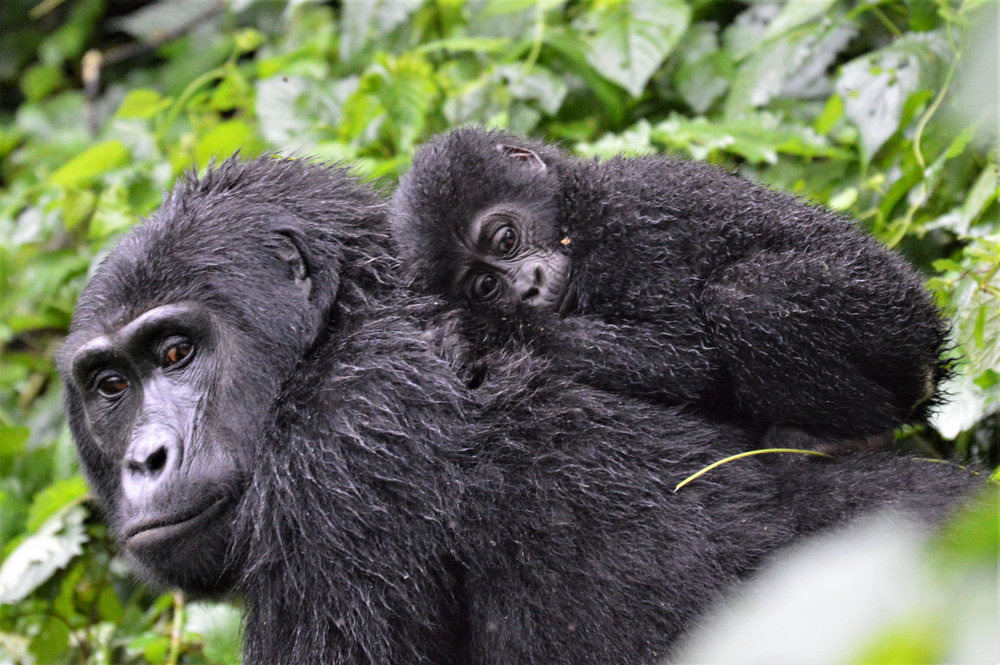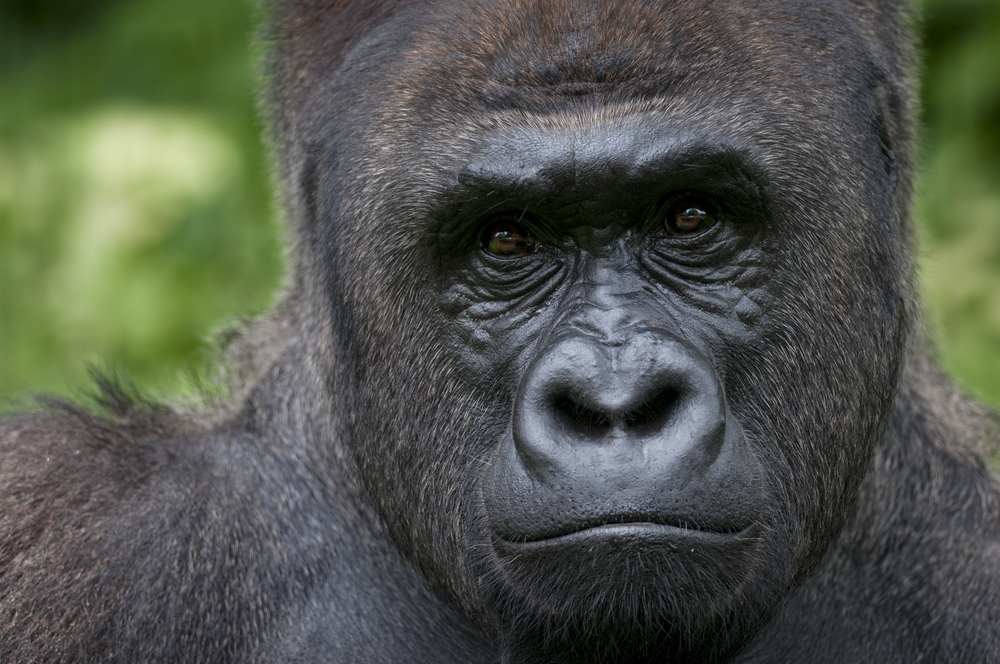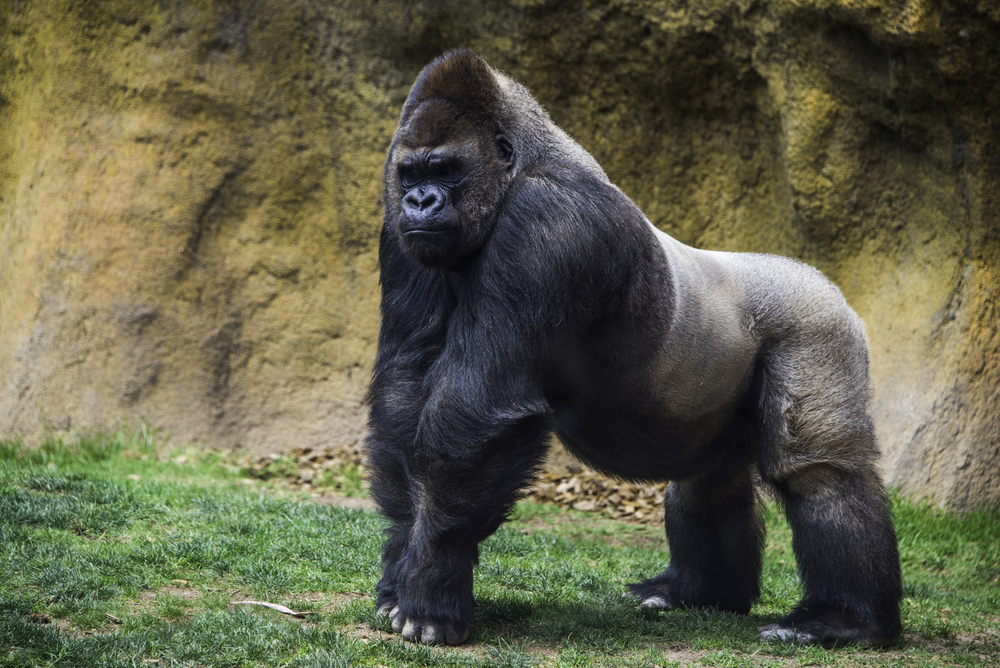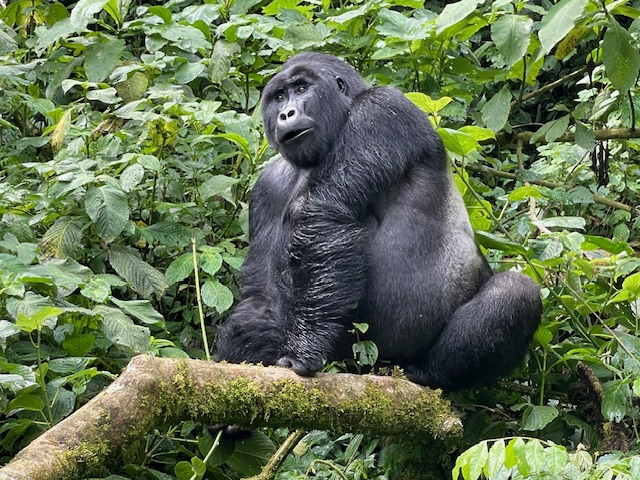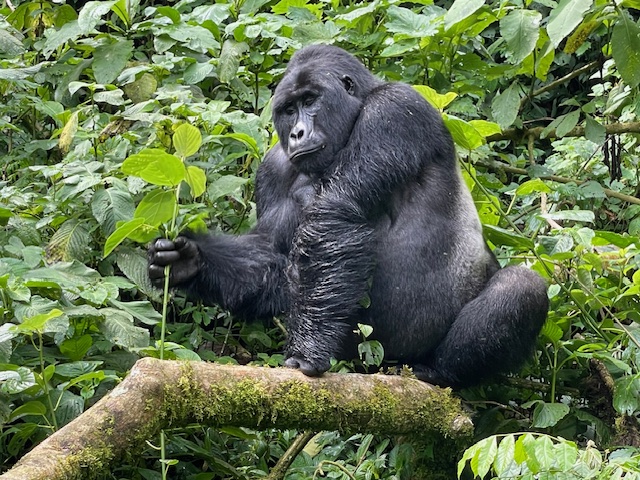There are two recognized species of gorillas, and two sub-species under each of those creating four types of gorillas. Below is a glimpse into this breakdown:
- Eastern Gorilla (Gorilla beringei): This species is further divided into two subspecies:
- Eastern Lowland Gorilla (Gorilla beringei graueri): Found in the eastern Democratic Republic of Congo, it is the largest gorilla subspecies.
- Mountain Gorilla (Gorilla beringei beringei): Inhabits the volcanic mountain ranges of Rwanda, Uganda, and the Democratic Republic of Congo. Mountain gorillas are critically endangered.
- Western Gorilla (Gorilla gorilla): This species includes two subspecies:
- Western Lowland Gorilla (Gorilla gorilla gorilla): Found in the forests of Central and West Africa, it is the most widespread gorilla subspecies.
- Cross River Gorilla (Gorilla gorilla diehli): Inhabits the border region between Nigeria and Cameroon and is critically endangered.
Each of these gorilla species and subspecies has its own unique characteristics and geographic range. They are all vital components of the African rainforests and face various conservation challenges.






































































